UBank vs Wise card - Which is the better travel card to use overseas in Australia?
Looking for a travel card to use overseas? We compared the fees, features, and benefits of two top travel cards: Ubank vs Wise, for Australian travellers.
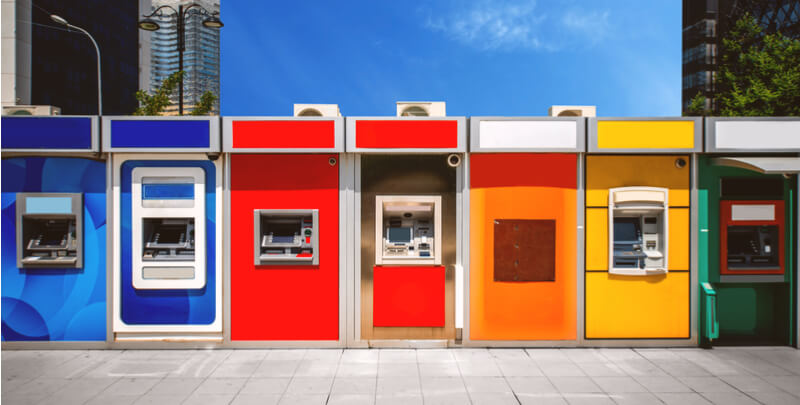
Many seasoned travelers have discovered that the quickest and often cheapest way to get cash while traveling abroad is directly from an ATM. Airport exchange bureaus know you have nowhere else to go, so their fees can often be quite high. Other exchange options vary in quality and convenience. Even your bank will likely subject you to punishing hidden fees in their exchange rates.
So it’s good news that finding the best exchange rate can be as easy as finding an ATM. All cash withdrawals, no matter their size, are exchanged based on the wholesale - the real - exchange rate of the day. If you’re not careful though, you can pay fees that will cancel out any savings.
Here are a few things you should be aware of.

Most bank ATMs charge fees. In some cases, these fees are only charged if you aren’t a member of that particular bank. To help avoid these fees, check what foreign banks your local bank partners with. Some ATMs, however, charge all users.
Do your homework on the four various fees charged, and your pocketbook will thank you later.
This fee is added when you use a foreign ATM. Many banks charge higher fees for international withdrawals. You’ll either pay a flat rate (between £1-5 or $1-5) or a percentage of your total withdrawal (generally between 1-3%).
These days most larger banks add an additional ‘conversion fee’ of between 1-3% of the transaction. It’s an unfortunate hidden surcharge that banks often charge for foreign ATM withdrawals. These fees are most common from American, British and Australian banks.
Which means it’s likely that you’ll pay a combined flat fee for using an ATM network, plus a percentage of the value of the withdrawn cash.
A surcharge is added by the ATM as a fee for using the machine.
The good news is you’ll be notified on the ATM screen and it will ask your permission to proceed with the transaction. Your best chance of avoiding this might be to use ATMs at major banks or post offices. Smaller banks and independently owned ATMs mean a higher risk of surcharges.
ATM exchange rates are all tied to the interbank currency rates traded on the global financial market. The rates constantly fluctuate, but will likely hover around the same figure for months at a time.
With a quick Google search, you can find out what the current exchange rate is. Or just use an online currency converter to find out how much your money’s worth. That way, when you run across an ATM, you can decide for yourself whether the ATM is providing a fair exchange rate. You’d be surprised how many sneak in fees by offering a less than optimal amount.
🌏 Heading abroad? Compare the best travel cards in our guide for the smartest way to spend overseas.
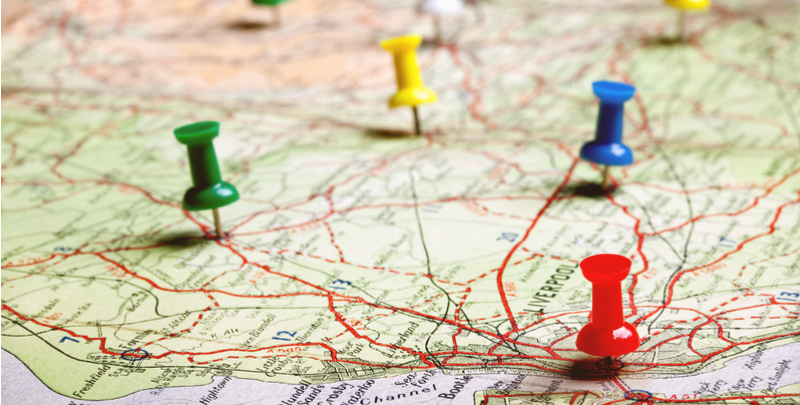
Your card is probably linked to over a million ATMs globally through a financial computer system. This is known as an interbank network. Through the network, you can conduct similar transactions at any ATM inside the network. For example, the Cirrus network owns Mastercard, Maestro, and Cirrus. If you see one or more of those three logos on an ATM, that means it’s a part of the Cirrus network. Not only that, but each network has an online ATM locator so you can find the nearest in advance.
The PLUS system is an interbank network that covers all Visa cards. They’re located in 200 countries and territories around the world. PLUS is the local network most common in the United States and is also used in Canada. You’re also likely to find PLUS ATMs in India and Indonesia, where many interbank networks have a presence. Find the nearest one by using the PLUS/Visa ATM locator online.
Cirrus is an interbank network operated by MasterCard found in 93 countries. It links MasterCard, Maestro, Diners Club cards to its network. The network is frequently found in the United States, Canada, Venezuela, Chile, and Saudi Arabia. In India and Bangladesh, the Cirrus network serves as both a local and international interbank network.Use their online locator to find Cirrus ATMs.
Maestro is a multi-national debit card service that is also operated by MasterCard. Within Europe, Maestro is MasterCard’s main debit brand. By default, Maestro cards are linked to the Cirrus network, but often you’ll still find the logo on ATMs. Search for your nearest Maestro/Mastercard ATM.
STAR is an interbank network in the United States. It’s the largest American interbank network, servicing 2 million ATMs and more than 5,700 banks and financial institutions. STAR has their own ATM locator online.
The New York Currency Exchange (NYCE) connects the ATMs of various financial institutions in Canada and the United States. You’ll find their machines mostly in the Midwest and Northeast. Search for NYCE ATMs online.
Interac is a Canadian nonprofit interbank network connected to several major Canadian banks. Originally several big banks in Canada (RBC, CIBC, Scotiabank, TD and Desjardins) got together and founded it to help. Today it still operates with fees meant only to cover their basic costs. There are more than 80 member organizations and more than 59,000 ATMs in Canada. Find an Interac ATM on their website.
Other large interbank networks all over the world include China’s Union Pay, Groupement des Cartes Bancaires CB in France, Girocard in Germany, Yucho in Japan, LINK in the United Kingdom and Pulse in the U.S.A.
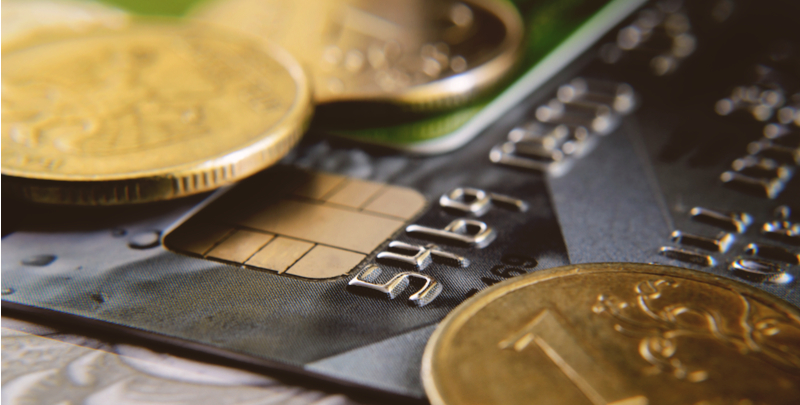
Some ATMs may offer you the choice of paying in your home currency. This option is called Dynamic Currency Conversion.
For example, if you’re a Brit from the UK using a Chinese ATM, you may be offered the choice to pay for your transaction in British pounds. On the surface, it seems like a helpful service. After all, doing your mental calculations in pounds would be easier than yuan. However, what you gain in familiarity you lose in cost.
When you accept or choose DCC, you’re giving the foreign ATM merchant permission to do the currency conversion on your behalf. Though this may not seem like a big deal, it actually is.
You’re essentially asking a foreign ATM provider to make up an exchange rate for you. If you chose to pay in the local currency, then this means your home bank will be responsible for the currency conversion. By and large, banks give their customers fair exchange rates on these transactions. So best to stick with your local bank’s deal and, therefore, always choose to pay in the local currency.
While it’s never a good idea to travel with loads of cash on hand, you can avoid frequent ATM fees by withdrawing large amounts of cash at one time. Try to map out a rough budget in advance. Planning your withdrawals will mean you don’t end up with a lot of spare cash at the end of your trip.
A large network of banks have come together and waived international withdrawal fees. When you’re traveling, you can find a friendly ATM on nearly every continent. The network covers Asia, Europe, Africa, North and South America and parts of Australasia. Participating banks include Bank of America, Scotiabank, Barclays, Deutsche Bank and BNP Paribas.
Each bank uses the network differently, which means some banks waive more of the fees than others. For example, Bank of America still charges a 3% conversion fee. Scotiabank is more generous, and waives all ATM fees and access fees. So be sure to speak to your bank before leaving on your trip.
Some banks charge fewer fees than others. For example, HSBC has ATMs all over the world and only charges $2.50 per ATM transaction, even at non-HSBC ATMs. And Capital One doesn’t charge any withdrawal fees themselves, but the local bank will still likely charge you. With enough research, you can find cards that suit your travel needs; some are better than others.
If you have access to one, credit unions and smaller banks tend to have lower international transaction fees. Their ATM fees tend to be solely a percentage of the withdrawn amount with no additional flat fee. That means if you’re only withdrawing a small amount, it may be worth it. Credit unions only charge currency conversion fees, and do not tend to include other types of fees.
Now you have the facts. When you go abroad, skip the kiosk and head straight to an ATM. They’re always open for business, they’re everywhere, and they’re usually your most cost-effective option.
*Please see terms of use and product availability for your region or visit Wise fees and pricing for the most up to date pricing and fee information.
This publication is provided for general information purposes and does not constitute legal, tax or other professional advice from Wise Payments Limited or its subsidiaries and its affiliates, and it is not intended as a substitute for obtaining advice from a financial advisor or any other professional.
We make no representations, warranties or guarantees, whether expressed or implied, that the content in the publication is accurate, complete or up to date.

Looking for a travel card to use overseas? We compared the fees, features, and benefits of two top travel cards: Ubank vs Wise, for Australian travellers.

The most cost-effective ways to get foreign currency. Compare banks, exchange services, and ATMs with tips to avoid hidden fees and get the best exchange rates.

Planning to use your UBank card to make ATM withdrawals internationally? Read on to understand the true cost of overseas transactions with UBank.

Wondering if Travel Money Oz is the right solution for you? Our guide outlines everything you need to know about their currency exchange and travel money cards.
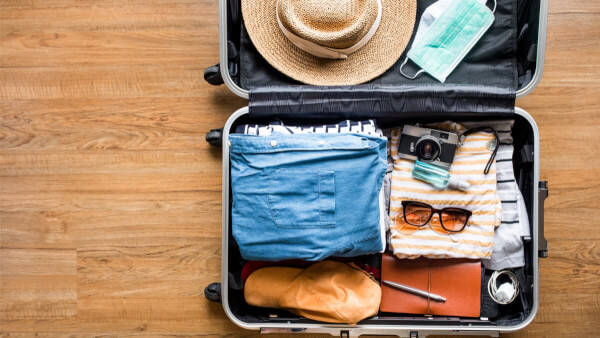
If you're trying to decide between Travelex and Travel Money Oz for your international money needs, read on for our side-by-side comparison of the features.
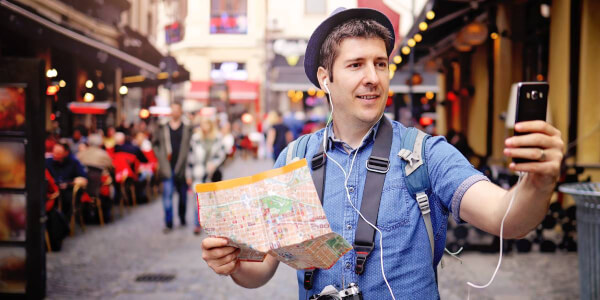
Side-by-side Comparison of Westpac Travel Card vs Wise Travel to help Australian users decided which is a better travel card for spending abroad.